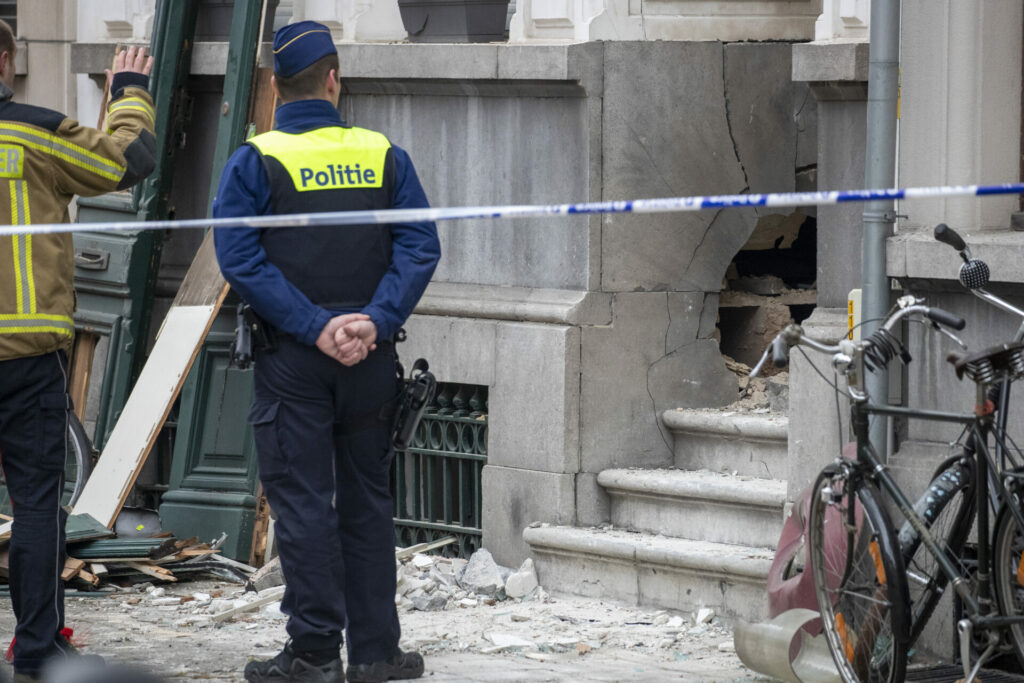Police forces across Flanders and Brussels are noticing a solid increase in violence in the public space, with youth gangs and organised crime gangs becoming more prevalent both in metropolitan and rural areas.
Violence against public service workers, from police officers to public transport staff and emergency workers, is nothing new, but a recent report by the Flemish Peace Institute based on a survey of Flemish and Brussels Chiefs of Police and witnesses highlighted that there has been a solid increase against people in these professions.
However, the main evolution addressed by the majority of the Chiefs of Police was the rise in violence by youth groups, hooliganism and violence by organised crime groups.
The police noted that there is a sense of anonymity that comes with acting in groups, from violence in the context of riots and violence between pupils in and around the school environment to gang violence offences by multiple perpetrators, and that these acts more seriously disrupt social life.
"Violence committed by groups is often more violent than offences committed by single perpetrators," Annelies Pauwels, a researcher at the institute, said.

Riot police pictured at an anti-Covid pass protest in Brussels. Credit: Belga / Hatim Kaghat
"There is also a greater chance that weapons will be involved. Moreover, perpetrators of collective violence are more likely than solo offenders to develop longer, more active and very violent criminal careers."
Not just urban issue
Of all police zones that took part in the survey, 77% responded that they have dealt with violence against public service workers.
According to 50 police zones, collective violence has increased remarkably in the last five years in public space, while 25 police zones (55%) specifically recorded an increase in violence by youth groups. They also argued that their violence is intensifying.
While collective violence in metropolitan areas more often makes headlines and occurs more frequently in urban police zones, it is far from being a purely metropolitan issue, and the rise is perceived to be steeper in rural zones. These areas are also more likely to indicate that they are struggling to adequately deal with this type of violence.
"Tackling gang violence properly requires specific knowledge and technology, but this often appears to be available only in larger police zones," said Pauwels.
"However, smaller or rural areas should also be able to patrol online, for instance, or deploy drones if necessary. Because they can rely less and less on the federal level for this – certain services are understaffed there – smaller or rural zones too often depend on ad hoc cooperation based on personal contacts and relationships," she said.

Credit: Belga / Jonas Roosens
While most police zones indicated that they have experienced youth gang violence against public service workers, other forms are linked to specific local characteristic, such as organised crime groups attracted to transport hubs like the Port of Antwerp in recent months.
The rising intensity of group violence is also reflected by rising use of weapons, according to the Flemish Peace Institute. Young people are increasingly being found in possession of stabbing weapons, as well as setting off fireworks against police or other public service workers. Social media was also found to have a fundamental role in fuelling group violence.

